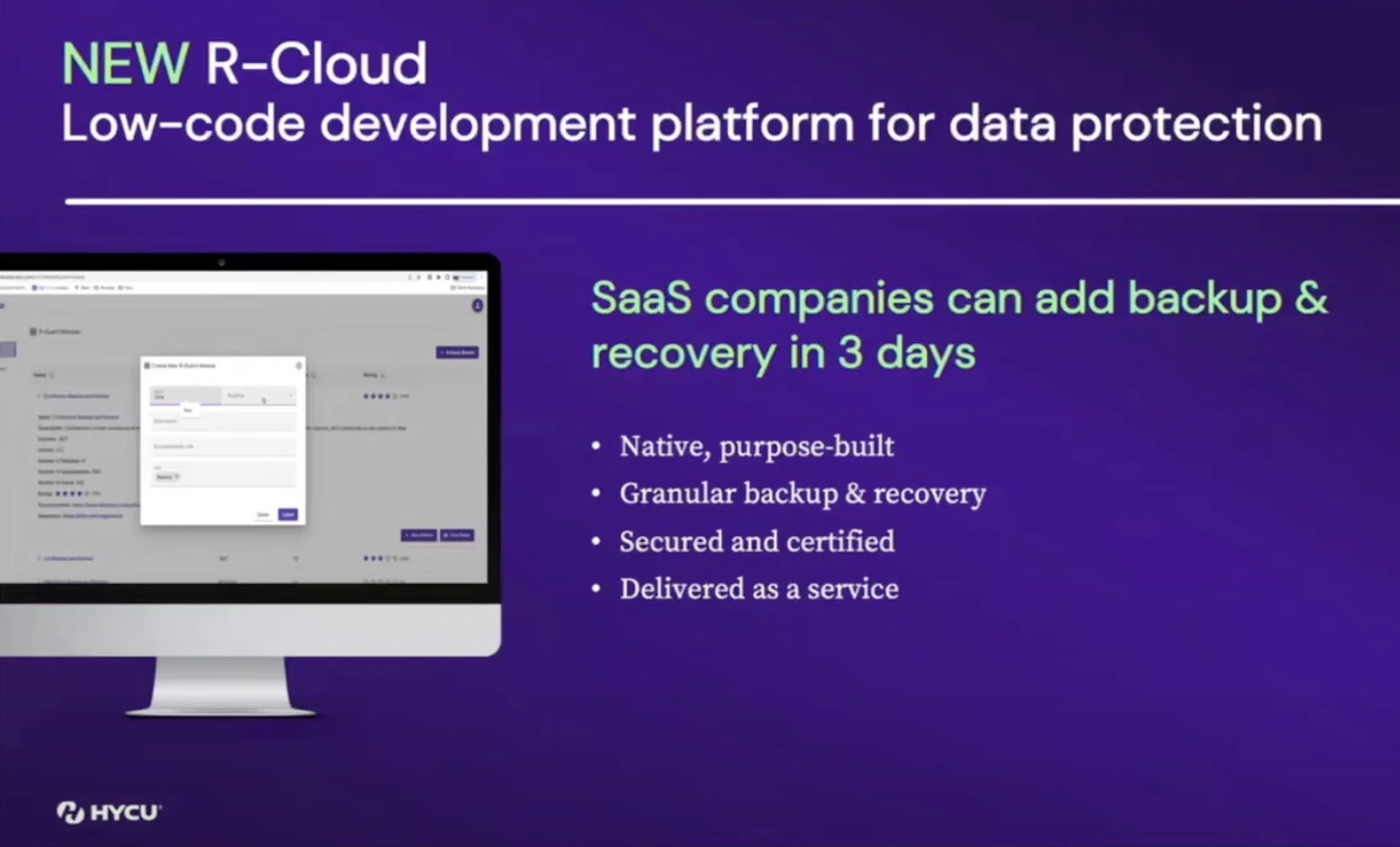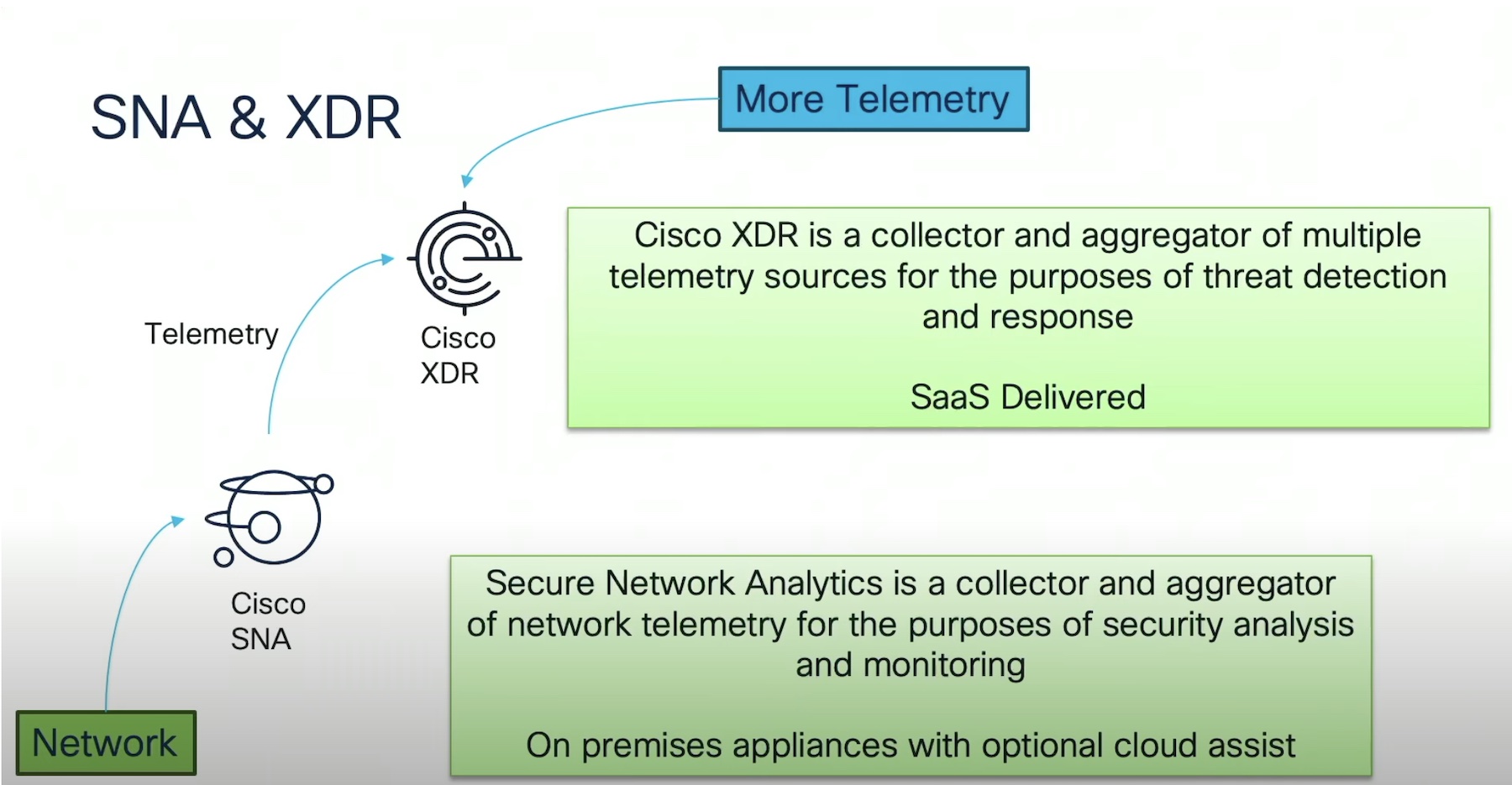What’s In A Name
Sometimes a company’s code name for projects in development can give you some insight into how they view it. The one that always stick in my mind is “Revolution“, Nintendo’s code name for what ultimately became the Wii. It showed how different the console was than anything in the company’s past, and reflected the impact Nintendo expected of it.
In the same way, Cisco’s Project Starship has now been launched as Intersight. The name loses some geek factor, but is probably much better for IP. Much like the codename implies, this is a project that is clearly linked to how Cisco sees the future of their business. Cisco has been working on this for a while, and it’s a natural extension of their Unified Computing Systems that they’ve had for almost a decade.
Intersight serves two purposes for Cisco: simplification and expanding markets.
The SaaS Difference
Intersight seems poised to simplify a lot of data center management. For one, it gives a single interface for managing Cisco’s UCS and Hyerflex servers. The lauded “single pane of glass” management is far less valuable to me, but the idea of setting up policy-based management and configuration and have it applied universally from a single interface is very compelling.
The other major innovation is that Intersight is a SaaS offering, cloud hosted and managed by Cisco. The innovation here isn’t merely a subscription model to save on management considerations. Cisco is positioning this as a way to improve their support story. Since the servers would be connected to the cloud, Cisco’s TAC could obtain tech support documents and logs on demand, greatly reducing the mean time to resolution on support issues.
One of the other interesting implications of being a cloud managed SaaS platform is Intersight’s Recommendation Engine. Cisco is able to take anonymized information from across it’s install base to create insights for your specific deployment. At launch, Cisco is presenting this as a way to get recommendations for the best software and firmware combination to run for your specifics. But since this will be getting information from a pretty large number of data points, I could see this being leveraged down the road for all sorts of useful insights.
All of this simplification has the potential to expand the market for Cisco. While a SaaS offering alone might make it easier for this to move down market slightly, the real benefit might be for edge computing customers. A lot of HyperFlex customers are brand new to Cisco. Having a cloud managed solution for potentially disparate HyperFlex servers at edge sites might be the tipping point for even more.
A Simplified Story
Cisco will be rolling out a Base Edition to all existing UCS and HyperFlex customers later this year, with support for deployment, management, and health monitoring dashboards. An Essentials Edition will also be available, with more sophisticated policy management and other insights available. While missing the policy-based tools in the Base Edition is a detriment, it also doesn’t force organizations that haven’t fully bought into automation and DevOps from paying for something they’re not going to use. It’s definitely still a very usable service in the Base Edition.
Overall, having a centralized SaaS platform to manage UCS and HyperFlex really tells a simple but powerful story for Cisco.
For an in-depth overview, checkout Cisco’s recent overview of Intersight from Networking Field Day.





[…] Cisco Launches Intersight: Cloud Managed UCS and HyperFlex […]
[…] Cisco Launches Intersight: Cloud Managed UCS and HyperFlex […]